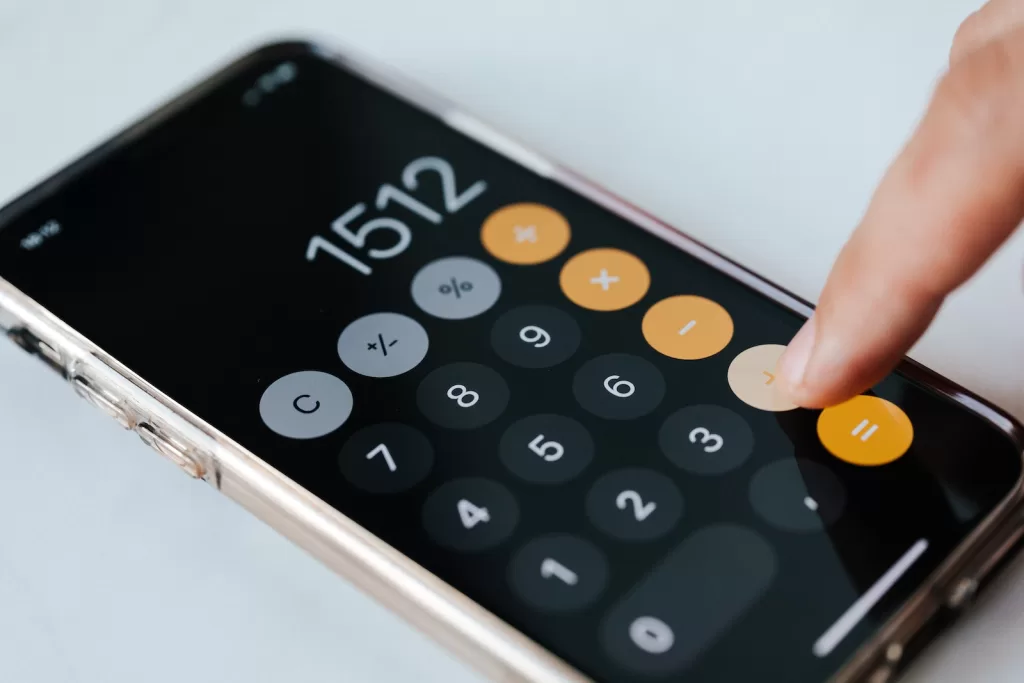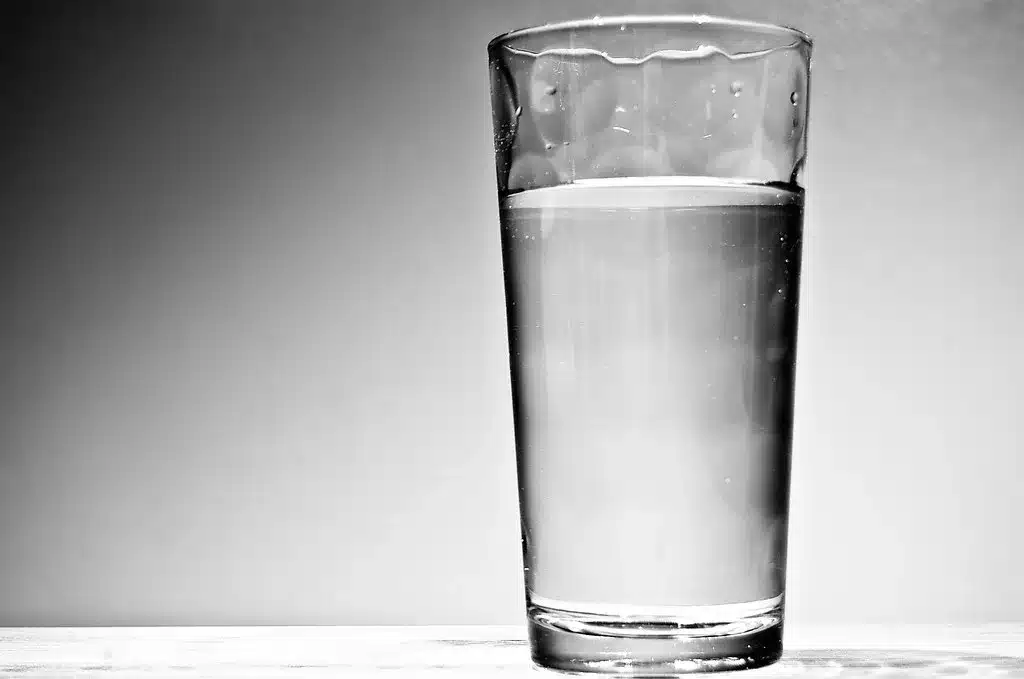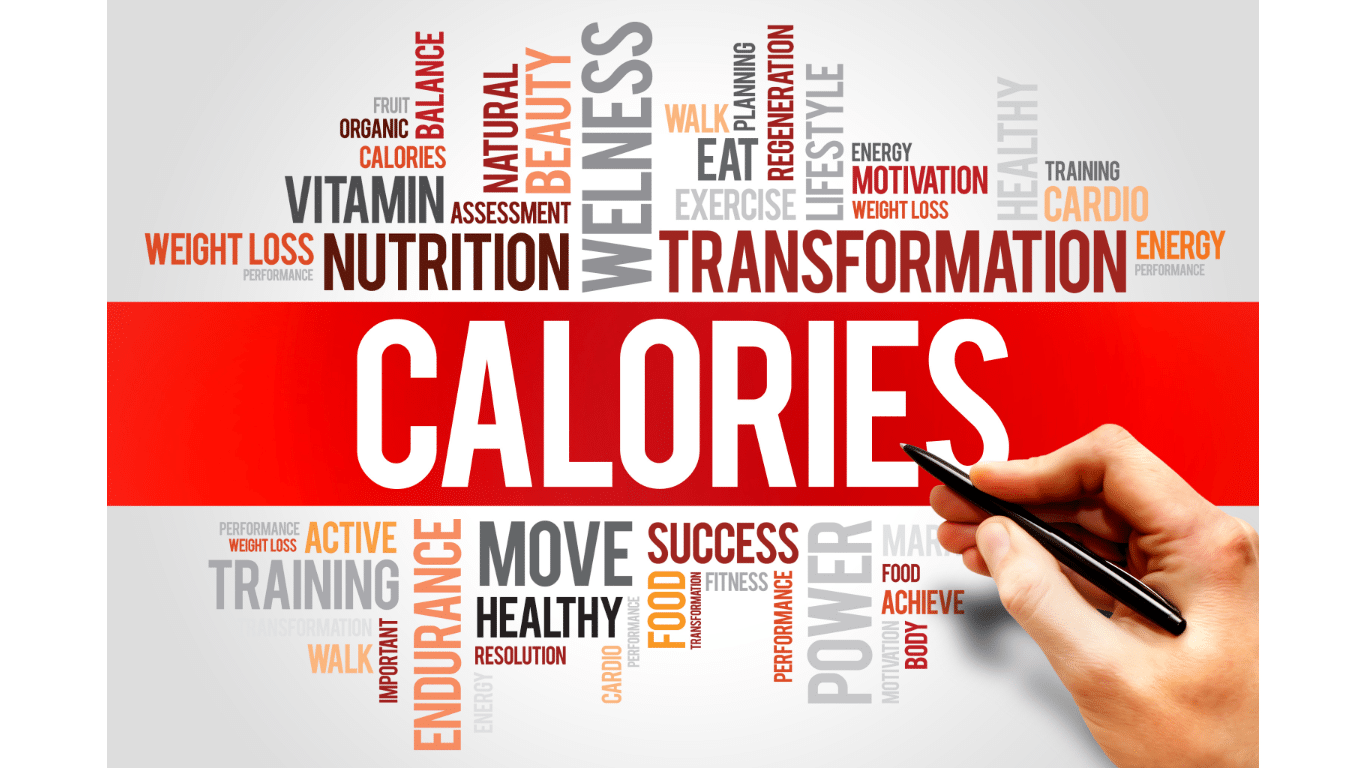Introduction
Welcome to our latest blog post, where we’ll be diving into one of the most critical design patterns for weight loss: Calorie Management. As part of our ongoing series inspired by the book A Programmer’s Design Patterns for Weight Loss, we’ll explore how managing your caloric intake can significantly impact your weight loss journey. By understanding the concept of calorie control, you’ll be better equipped to achieve your health and fitness goals.
In this post, we’ll discuss:
So, let’s get started on mastering the art of Calorie Management and setting the foundation for a successful and sustainable weight loss journey!
Lose Weight by Consuming Fewer Calories
A fundamental principle of weight loss is creating a calorie deficit, which entails consuming fewer calories than your body needs to maintain its current weight.
This calculation will provide you with a starting point for creating a calorie deficit and achieving your weight loss goals. By cutting back on your caloric intake based on this formula, you encourage your body to use stored fat for energy, leading to weight loss.
How To Calculate Your Daily Calorie Intake

A crucial first step in managing your calories for weight loss is determining your daily caloric needs. This involves calculating the number of calories you should consume to maintain your current weight and then applying a deficit to achieve your ideal weight.
According to Harvard, multiplying your current weight by 15 gives you an estimate of the calories per pound of body weight needed to maintain your current weight if you are moderately active. In our formula, we use a multiplier of 12 instead of 15 to create a calorie deficit, which helps promote weight loss.
To estimate your ideal calorie intake for weight loss, use the following formula: desired weight (in pounds) x 12. This will give you a rough idea of the number of calories you should consume daily to reach your weight loss goals. Keep in mind that this is just an approximation and may need to be adjusted based on your specific situation.
Example: 180 lbs x 12 = 2160 calories per day
Daily Caloric Intake Calculator
Enter your desired weight (in pounds):
Factors That Can Affect Individual Calorie Needs

While the formula provided above can help you estimate your ideal calorie intake for weight loss, several factors can influence individual calorie needs. These factors should be taken into account when tailoring your weight loss plan to your unique circumstances.
- Basal Metabolic Rate (BMR): Your BMR represents the calories your body requires to perform basic functions, such as breathing and maintaining body temperature. BMR varies depending on age, sex, weight, and muscle mass. As you lose weight, your BMR may decrease, requiring adjustments to your calorie intake to continue losing weight.
- Age: As we age, our metabolism tends to slow down, and our muscle decreases, leading to lower calorie needs. Consider your age when determining your calorie intake for weight loss, as older adults typically require fewer calories than younger individuals.
- Gender: Men generally have a higher muscle and lower body fat percentage compared to women, which means they usually burn more calories at rest. Consequently, men typically require more calories than women to maintain their body weight and may need to consume more calories during weight loss.
- Activity Level: Your daily activity level significantly affects your calorie needs. The more active you are, the more calories you burn throughout the day. When calculating your calorie intake for weight loss, consider how much physical activity you do daily and adjust your caloric consumption accordingly.
- Body Composition: Muscle burns more calories than fat, even at rest. Therefore, individuals with a higher muscle mass will have higher calorie needs than those with a higher body fat percentage. Incorporating strength training into your weight loss plan can help increase the amount of muscle, boost your metabolism, and increase your calorie needs.
- Genetic Factors: Some individuals may have genetic factors that influence their metabolism and calorie needs. While you can’t change your genetic makeup, knowing any family history related to weight or metabolism can help you make informed decisions about your weight loss strategy.
Importance of Protein Intake to Prevent Muscle Loss
The importance of getting the proper protein intake to prevent muscle loss during weight loss cannot be overstated. Consuming adequate protein helps preserve muscle mass, ensuring that the weight you lose comes primarily from fat stores and not muscle tissue.
A diet rich in protein also promotes satiety, helping you feel fuller for longer and preventing overeating. To prevent muscle loss while cutting your calories, aim to incorporate a variety of high-quality protein sources, such as meats, fish, eggs, and dairy into your daily meals.
How To Track Your Caloric Intake

Tracking your caloric intake can be an effective way to keep up with healthy eating habits and achieve weight loss goals.
Fortunately, there are many options available to make this easier. Popular calorie-tracking apps like MyFitnessPal, Lose It!, and MyPlate by Livestrong makes it easy to log meal entries and quickly learn more about your daily caloric intake over time.
Some of these apps also track activity and other health markers such as Body Mass Index. Be sure to check out our post on Body Mass Index: The Shocking Truth About Americans BMI.
Additionally, there are diet-specific apps such as Keto Diet App and Carb Manager that are designed specifically for those on ketogenic diets and other low-carb strategies.
No matter what type of health plan you’re following, these calorie tracking tools can provide the support you need to stay on track with proper food portions and healthier selections.
What are Some Alternative Portion Control Tools?
While tracking your caloric intake through apps and online tools can be helpful, there are a lot of you who don’t like to count calories. Luckily there are alternative strategies for controlling portion sizes that can be just as effective.
Here are some alternative portion control tools you can incorporate into your weight loss journey:
A. Using the size of your fist as a guide: Using your hand as a reference for portion sizes can be a simple and effective method for controlling portions. For example, a serving of vegetables or fruit should be about the size of your fist, while a serving of protein should be roughly the size of your palm. This method helps you quickly estimate portions without using measuring tools or a food scale.
B. Using a smaller plate: Eating from a smaller plate can trick your brain into thinking you’re consuming more food than you actually are. By filling a smaller plate, you can achieve portion control and reduce your overall caloric intake while still feeling satisfied after your meal.
C. Drinking warm teas: Consuming warm teas, such as green tea or herbal tea, before or during meals can help you feel fuller faster. This can prevent overeating and help you control your portions more effectively. Additionally, some teas have been linked to boosting metabolism and promoting weight loss.
D. Beachbody container system: The Beachbody container system is a color-coded portion control system that simplifies meal planning and portion sizes. Each container represents a specific food group (e.g., vegetables, fruits, proteins, fats, and carbs), and the system includes guidelines on how many of each container you should consume daily based on your weight loss goals.
E. Meal replacement shakes: Incorporating meal replacement shakes into your weight loss plan can be a convenient way to control portions and manage your caloric intake. These shakes are designed to provide a balance of nutrients while still maintaining a lower calorie count. Be sure to choose high-quality meal replacement shakes that are low in added sugars and artificial ingredients to support your weight loss efforts.
Staying Hydrated To Curb Appetite

By aiming for at least 9-13 cups of water per day, you can enjoy the numerous benefits of staying hydrated, such as curbing hunger and boosting metabolism.
Drinking water helps increase feelings of fullness, reducing the likelihood of overeating and aiding in portion control. Additionally, adequate hydration can positively impact your metabolic rate, enabling your body to burn calories more efficiently.
To support your calorie management efforts, make it a habit to drink water consistently throughout the day and consider starting your meals with a glass of water to help manage your appetite more effectively.
The Bigger Picture: Other Factors in Weight Loss
While calorie management is a crucial aspect of successful weight loss, you need to consider the bigger picture, which includes other factors that can influence your weight loss journey.
Ensuring that you’re getting proper nutrition, maintaining balanced hormone levels, managing stress, and getting enough quality sleep are all important factors in promoting healthy weight loss.
For more information on other design patterns to help with weight loss, such as Stress Management, Quality Sleep, Macronutrient Balance, and Timed Eating & Fasting, refer to the book A Programmer’s Design Patterns for Weight Loss. By addressing these factors and incorporating them into your overall weight loss plan, you can create a comprehensive and sustainable approach to achieving your health and fitness goals.

